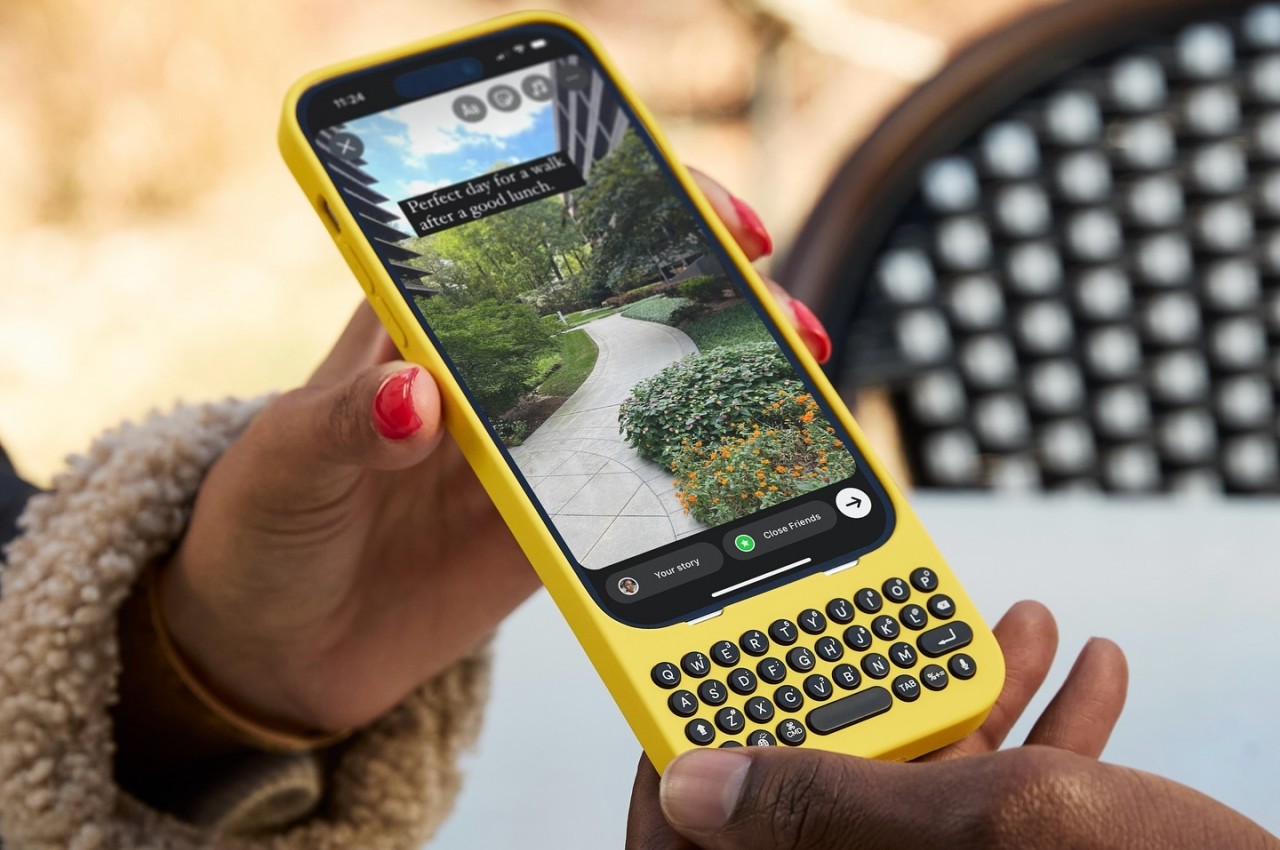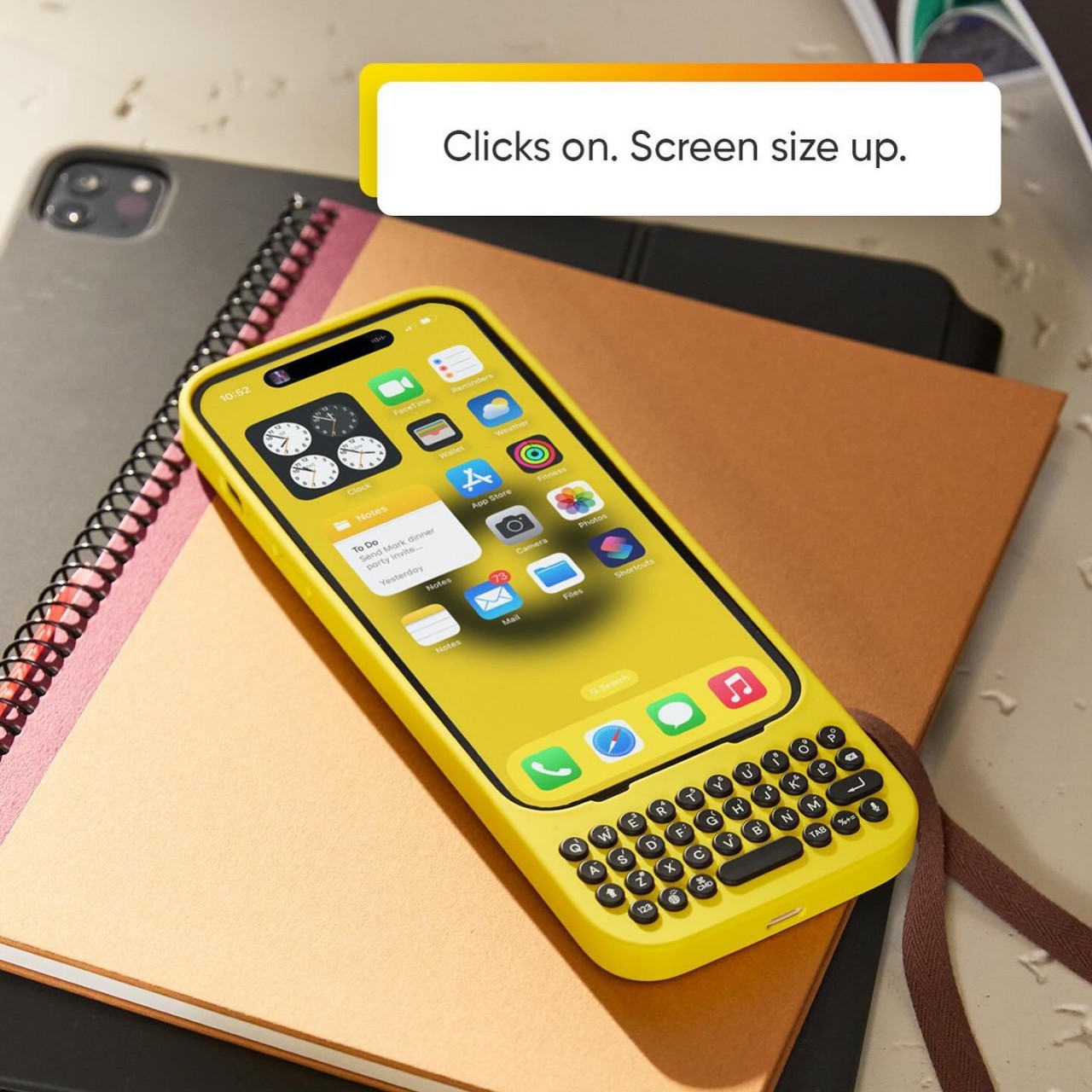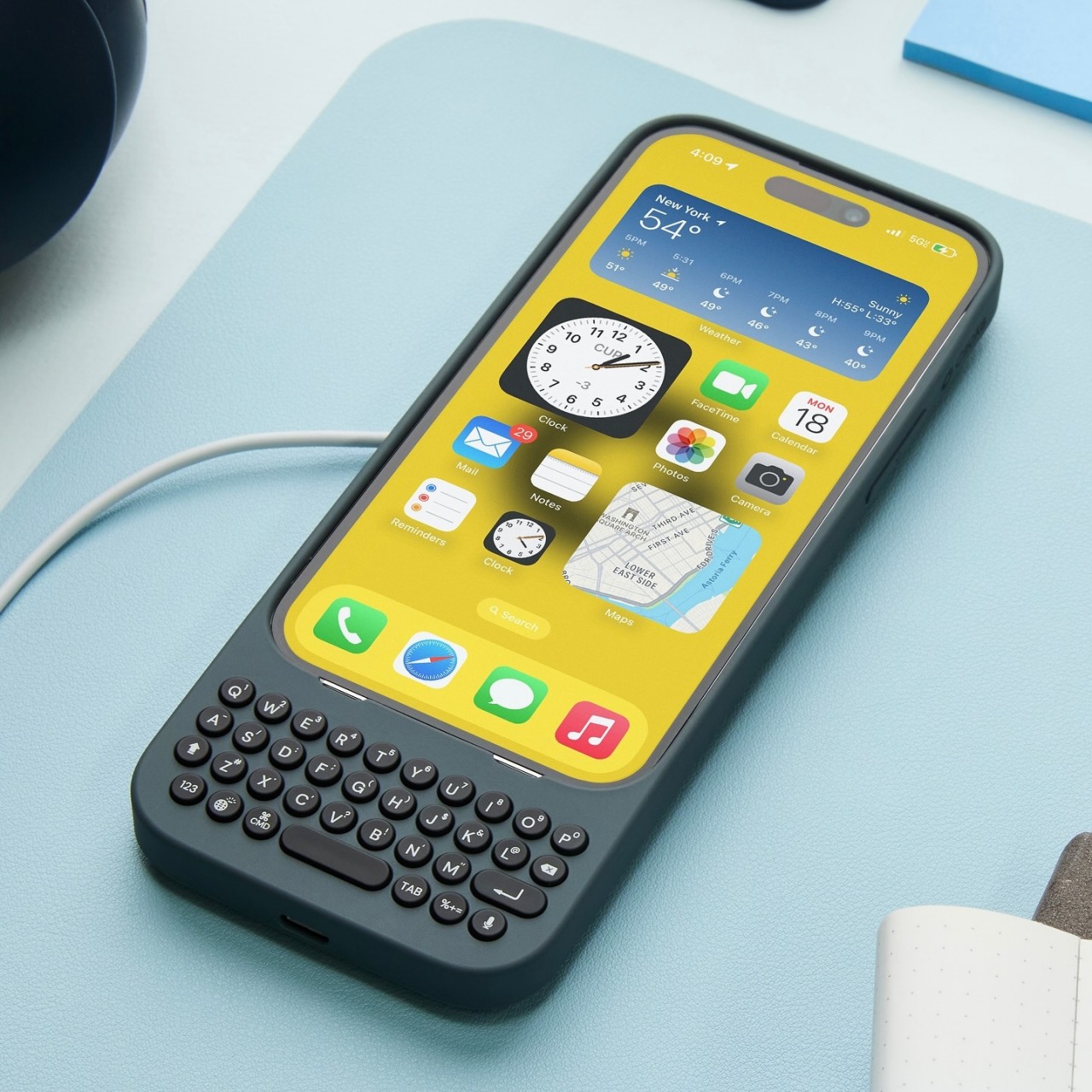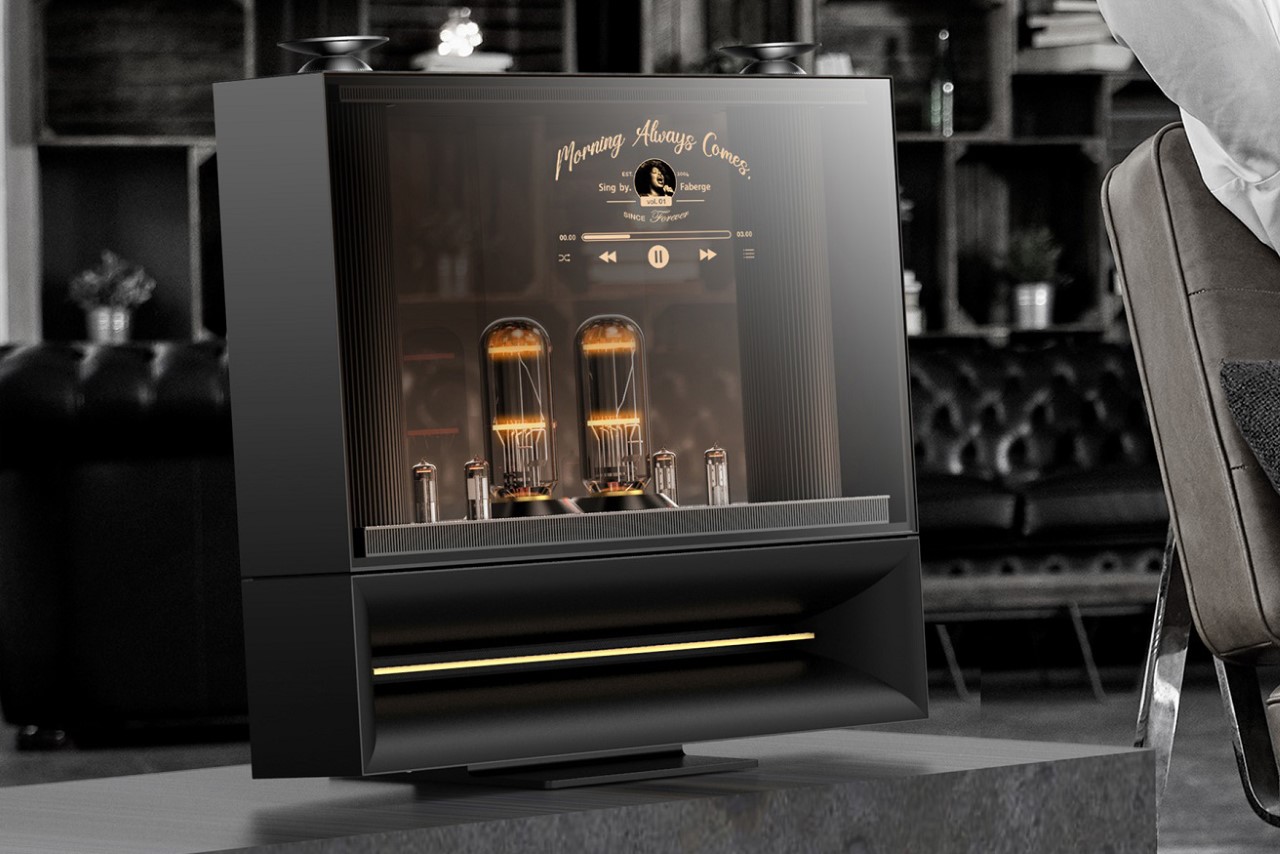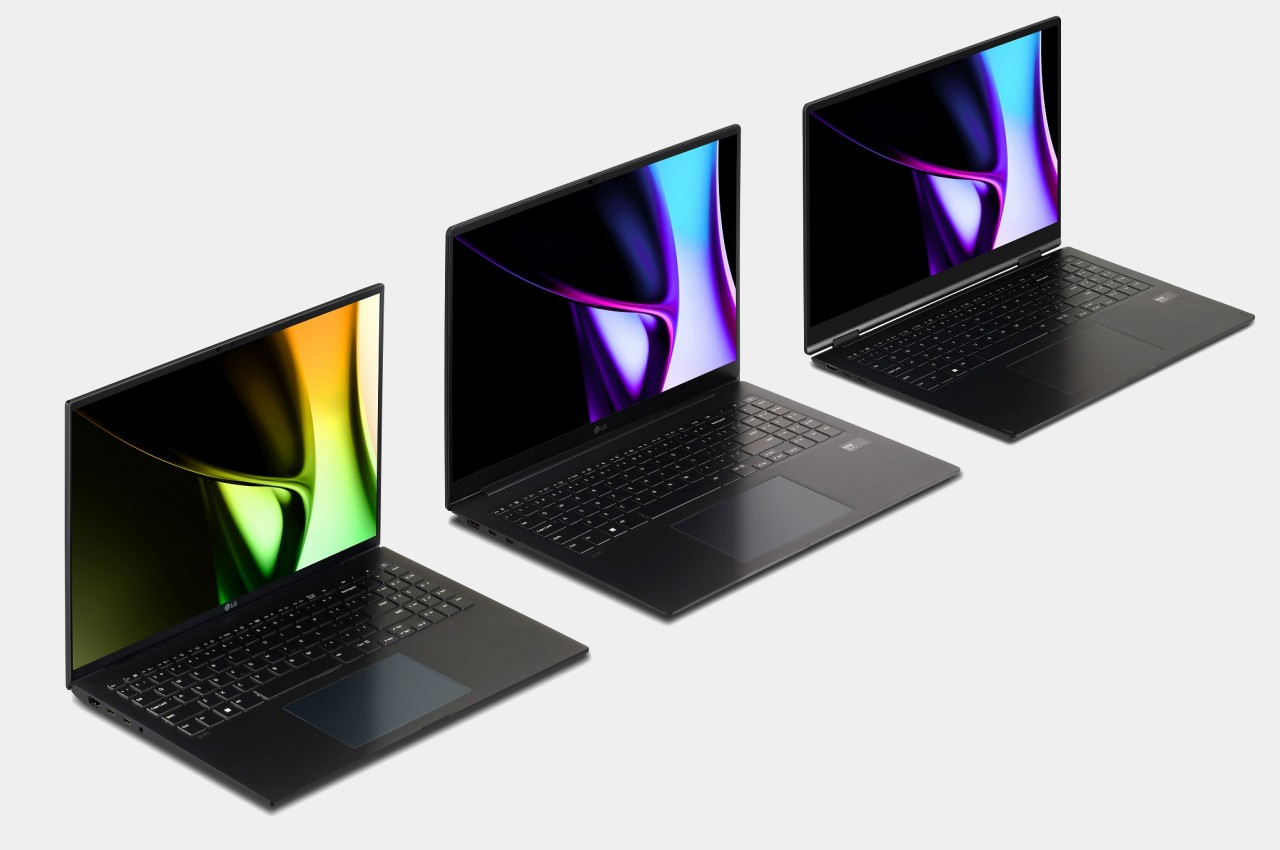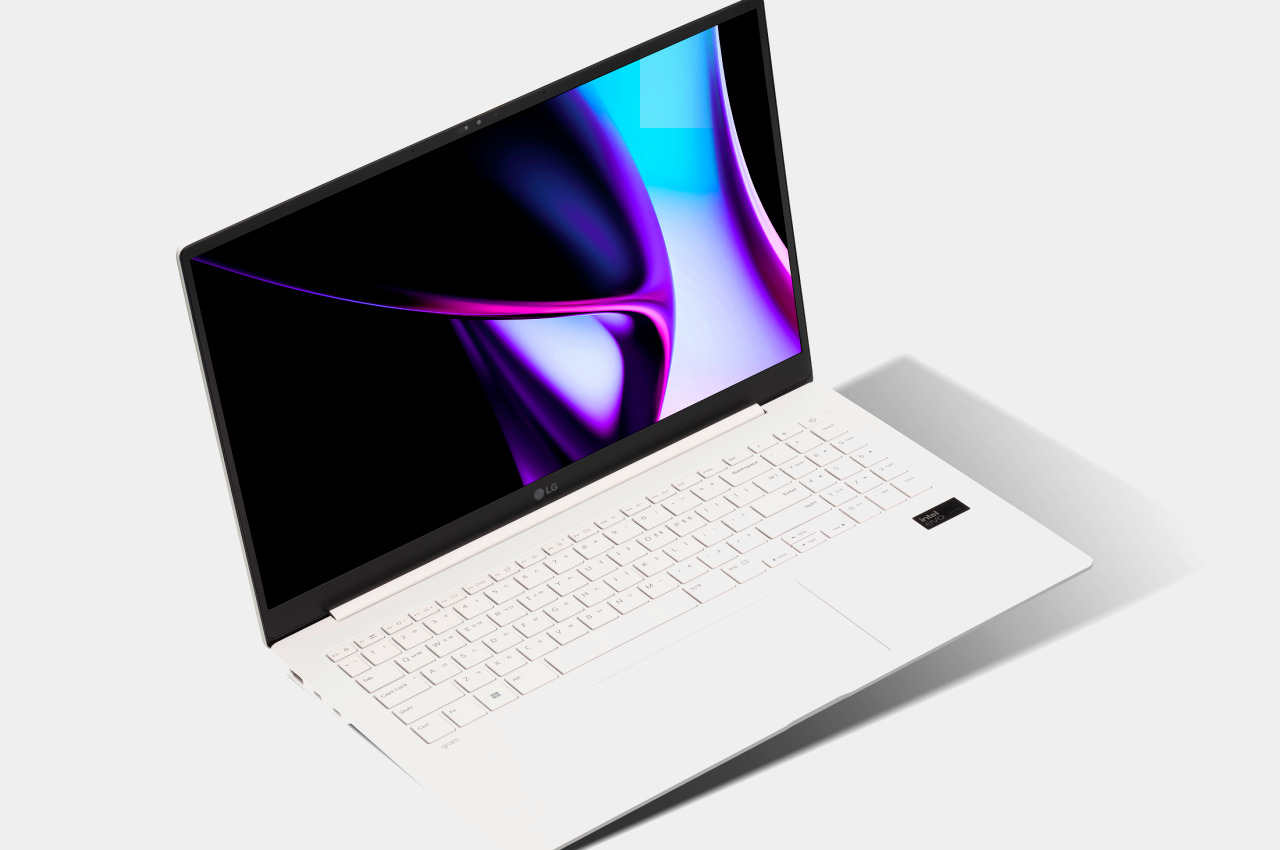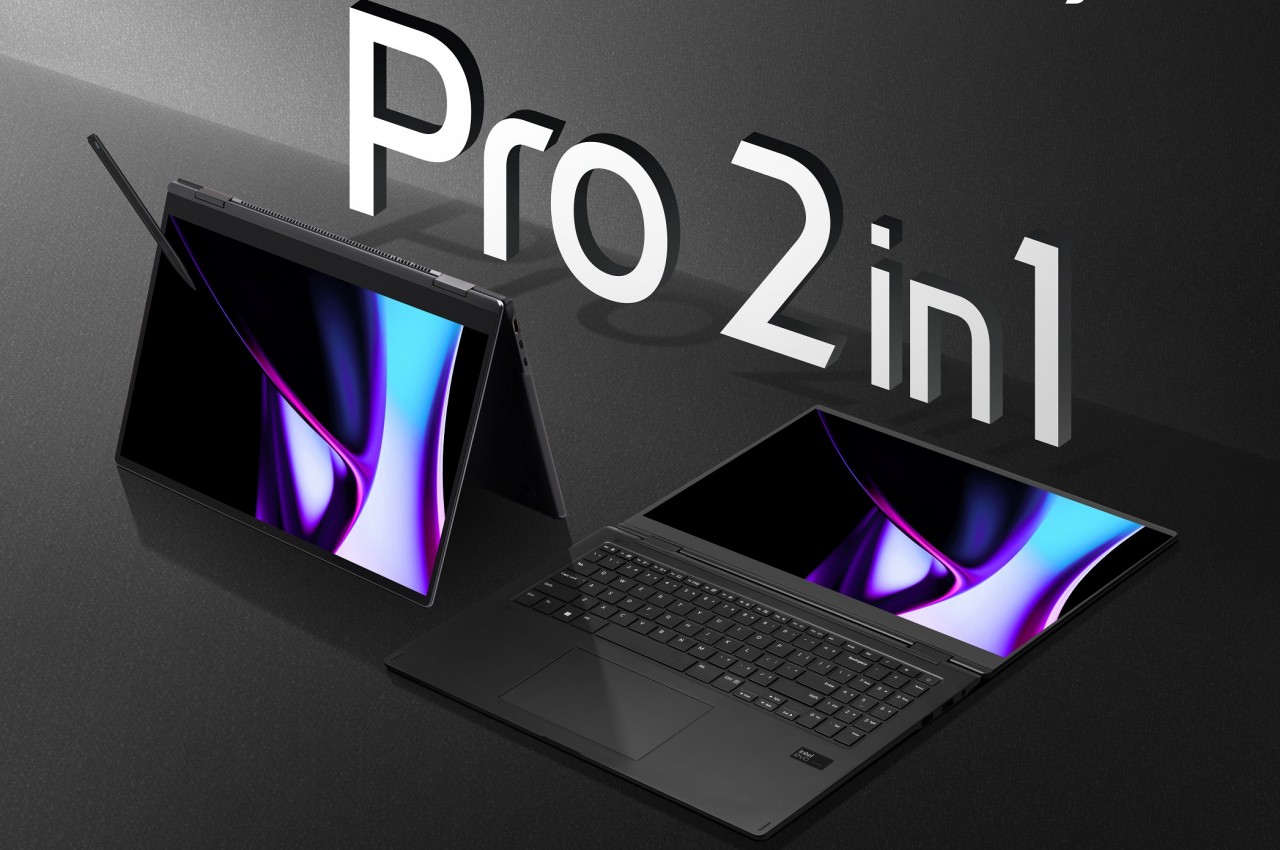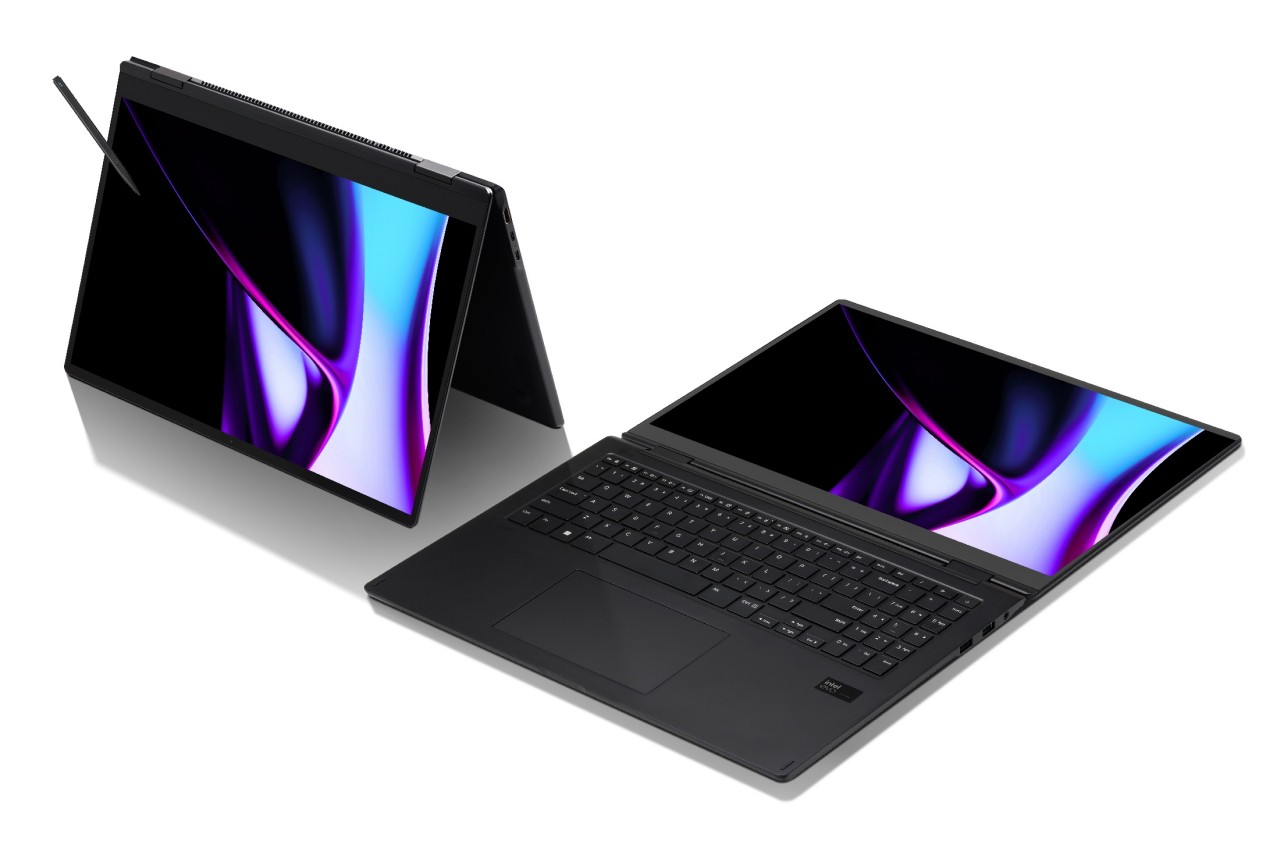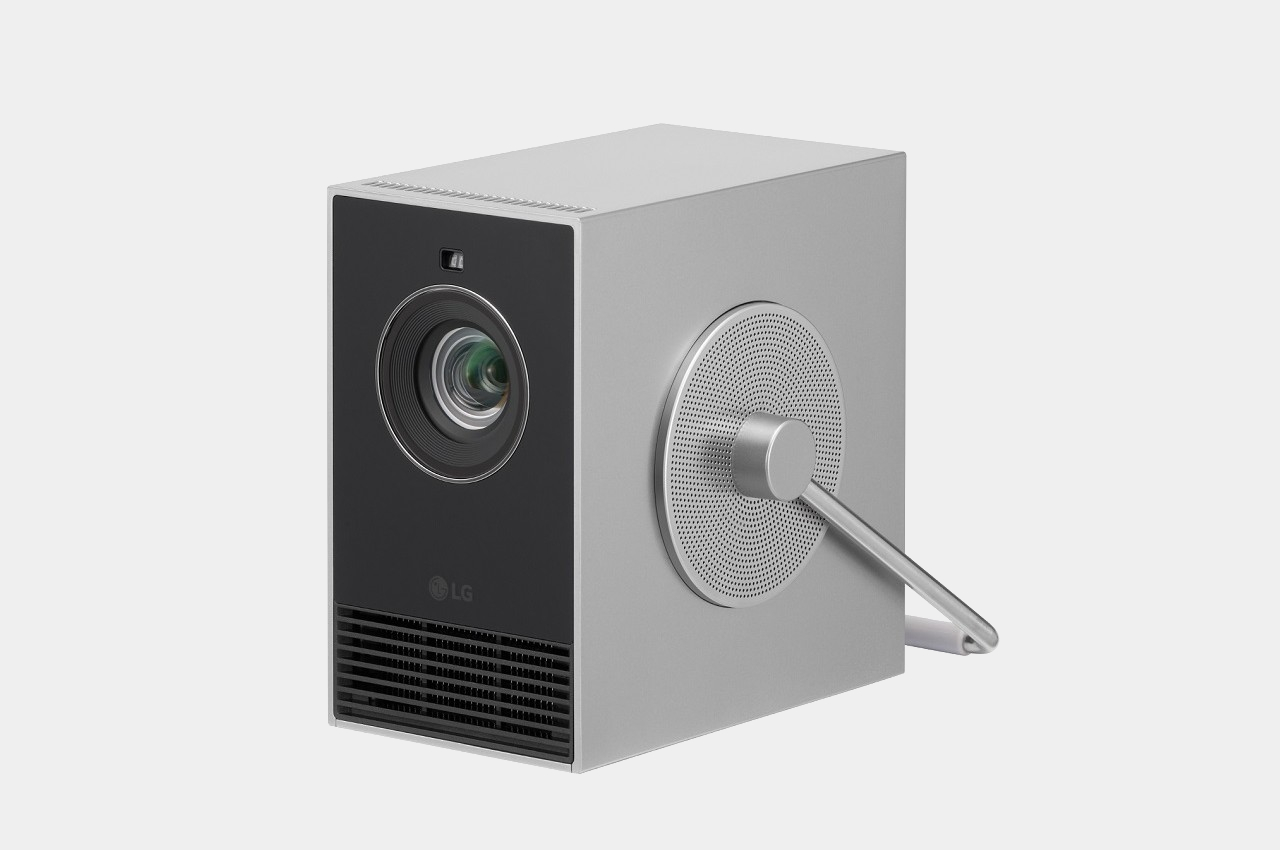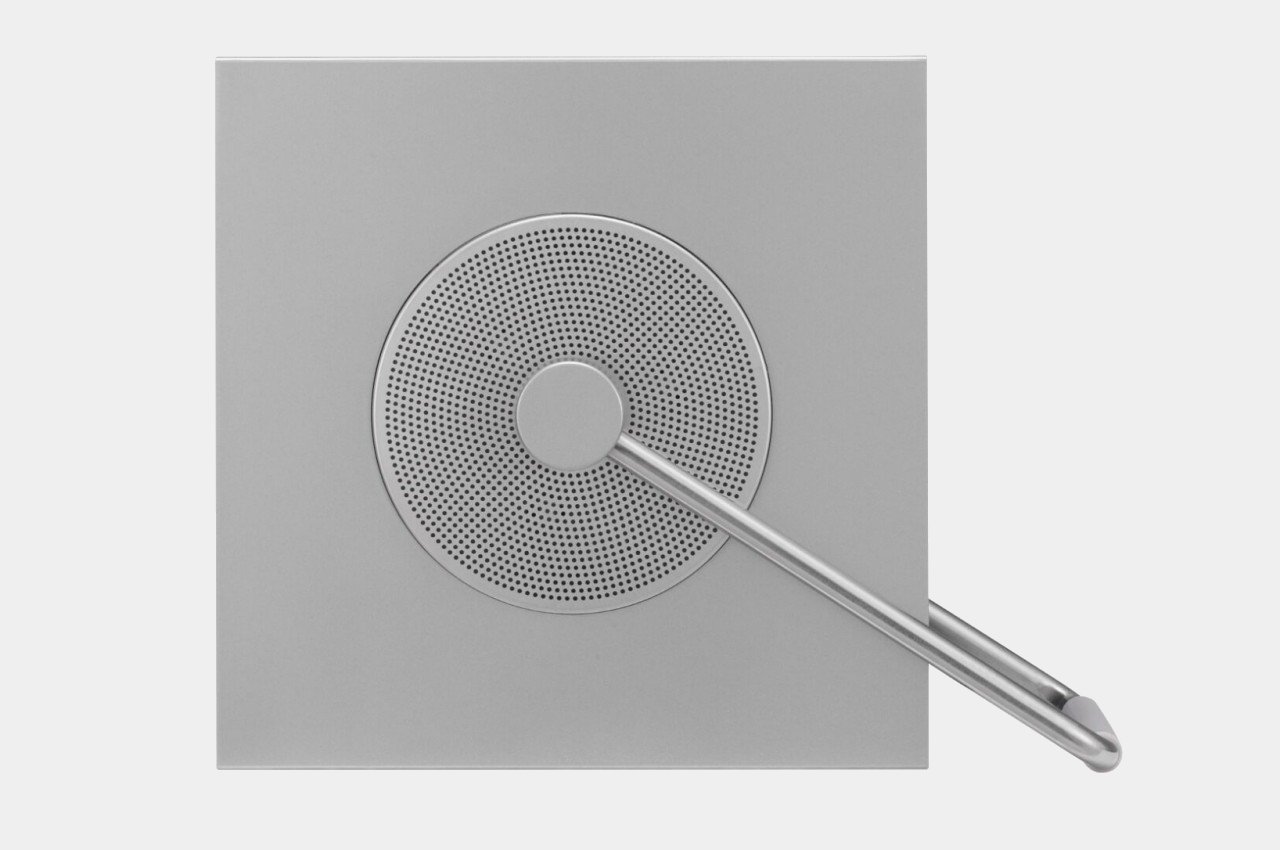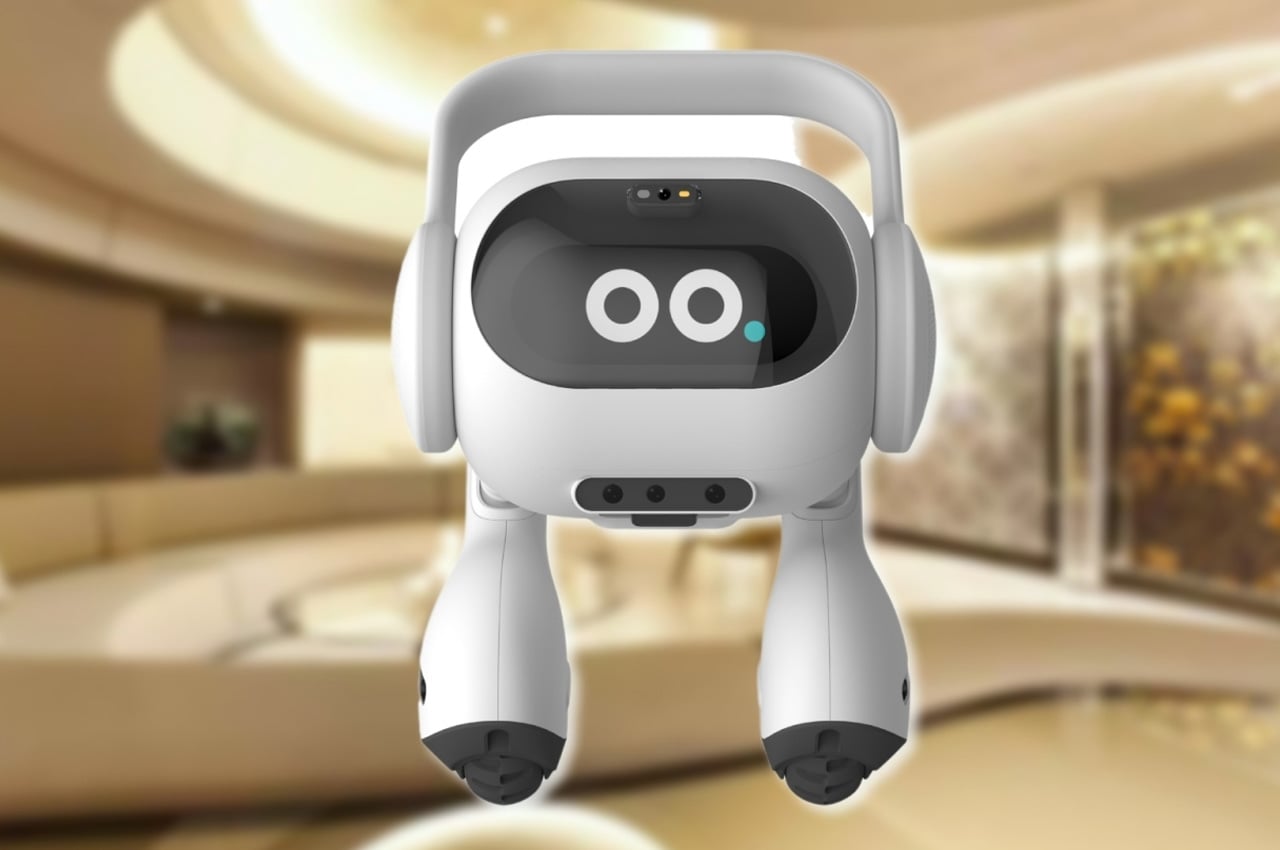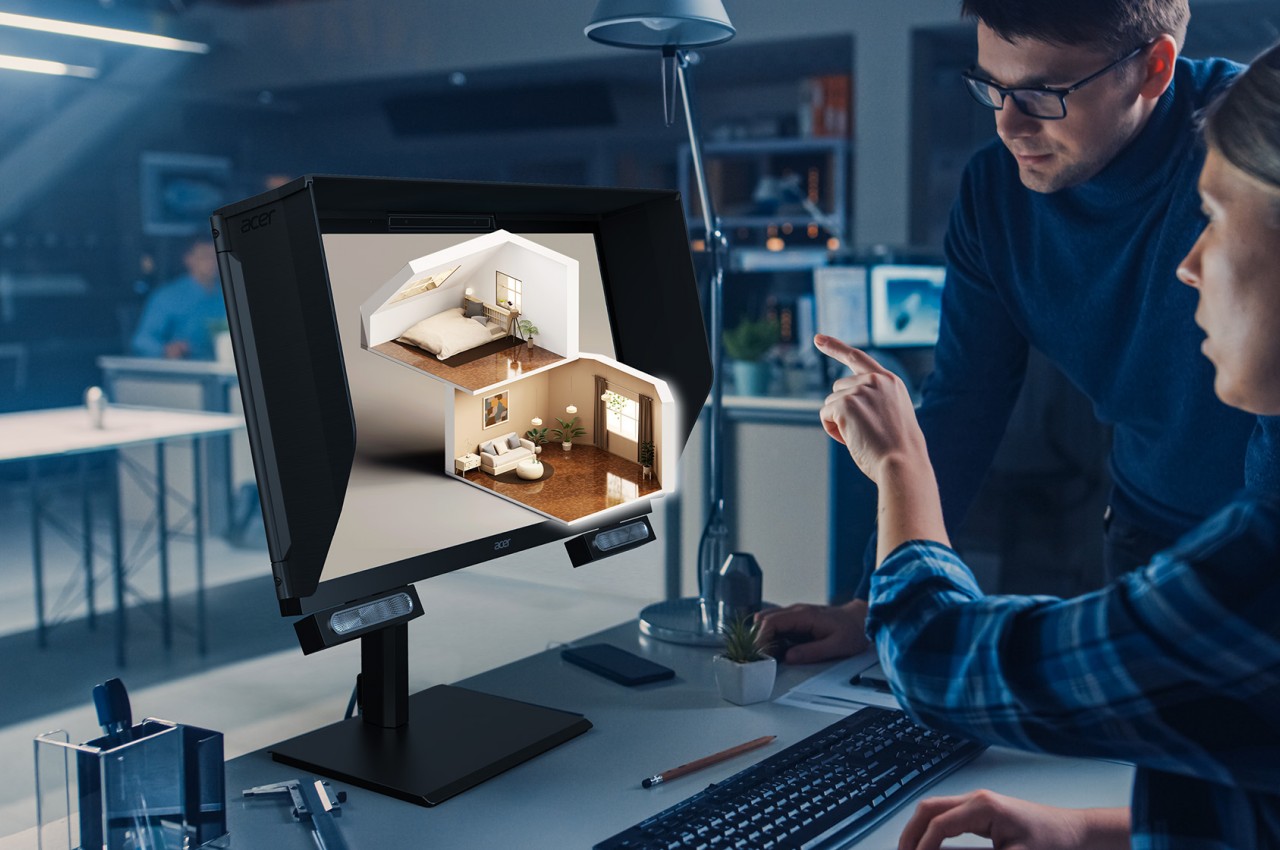
Mixed reality is a huge thing these days, especially with Apple finally throwing in its bet with the Vision Pro. But even without VR, AR, and everything in between, we’ve become used to and even dependent on 3D content, from games to interfaces to even NFTs. Even with the help of AI (which is quite controversial), creating this type of content is no easy task, especially because our computer screens are only capable of displaying flat 2D images. Whether it’s for appreciating 3D content or actually creating it, we need a better way to see in 3D without having to wear inconvenient glasses, which is exactly what Acer’s SpatialLabs Stereoscopic 3D products are bringing to the table at CES 2024.
Designer: Acer
Most of us have probably experienced watching a film in “true” stereoscopic 3D and how convincing the effect can be. Of course, even the most advanced theater systems require you to wear specialized glasses to experience this, otherwise, you’ll only get disconcerting blurry images. That’s not exactly an ideal situation to be in, especially if you have to work for hours on crafting a 3D model. Thankfully, PC makers are developing technologies that can bring that same vision to desktops and laptops, and the new Acer Predator SpatialLabvs View Pro 27-inch 4K monitor is the latest tool to be added to creators’ arsenal.

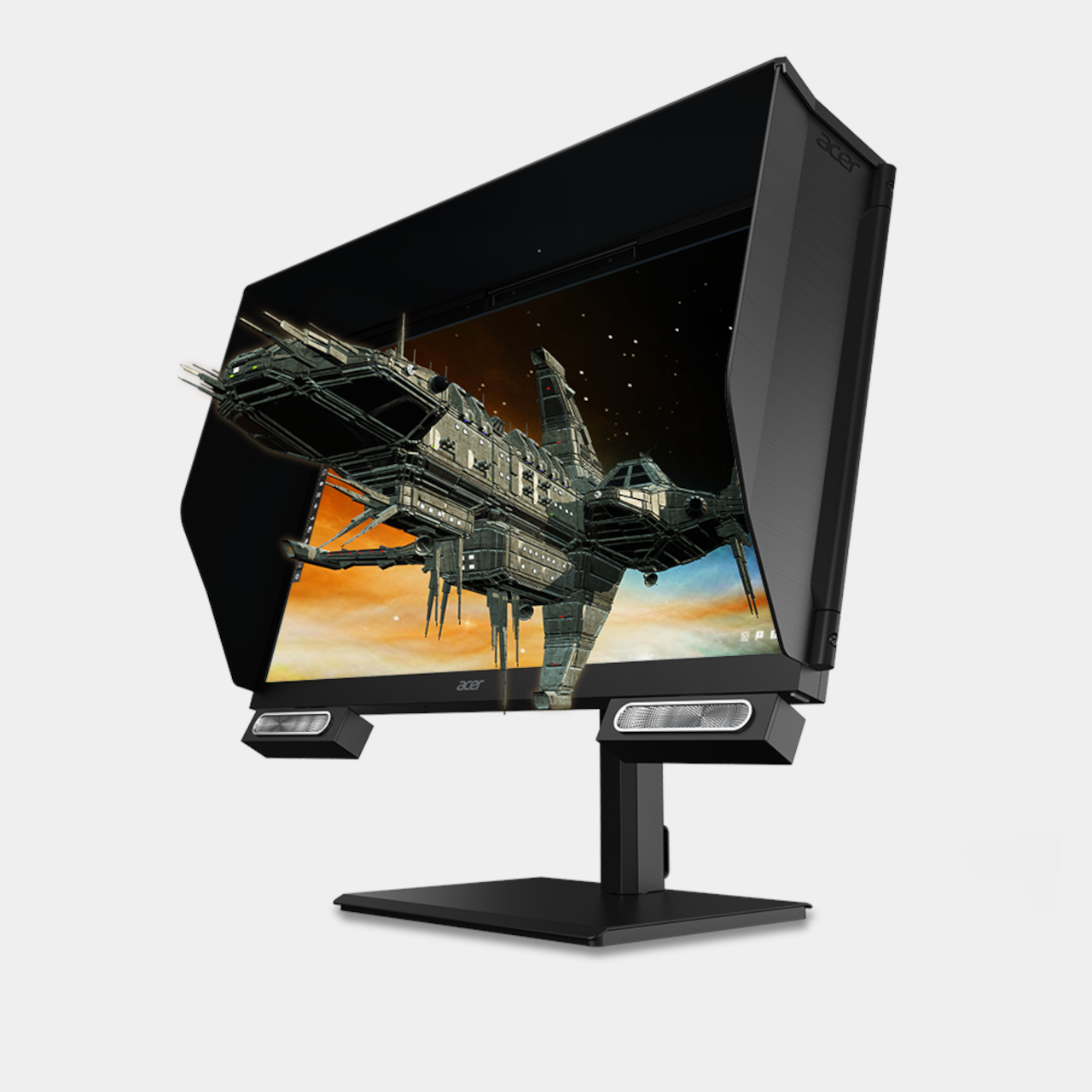
Thanks to special cameras, this kind of monitor can follow the viewer’s eyes and instantly adjust its display, creating a stereoscopic 3D image without having to put anything on your face. The new Predator SpatialLabs View Pro improves the experience with a second virtual camera, rendering 3D content as intended by designers and developers. Acer’s Immerse Audio complements these visuals with spatial sound technology, leveraging AI-driven beamforming and head-tracking to create the effect of surround-sound audio without wearing headphones as well. While these features directly benefit 3D games, they’re also useful in helping designers and creators craft a more convincing stereoscopic 3D experience since they’re able to see and hear it directly for themselves.

For creators on the go, the Acer Aspire 35 15 SpatialLabs Edition offers a more portable version of this same stereoscopic 3D magic. In addition to viewing 3D content as they were intended to be seen, Acer’s SpatialLabs Go software can even transform flat 2D content into mind-blowing 3D images instantly, thanks to some AI help, of course. With up to an Intel Core i7-13620H processor and NVIDIA RTX 4050 laptop graphics, this portable workstation is built to serve the needs not just of gamers but also of professionals who need to take their 3D craftsmanship to the next level.

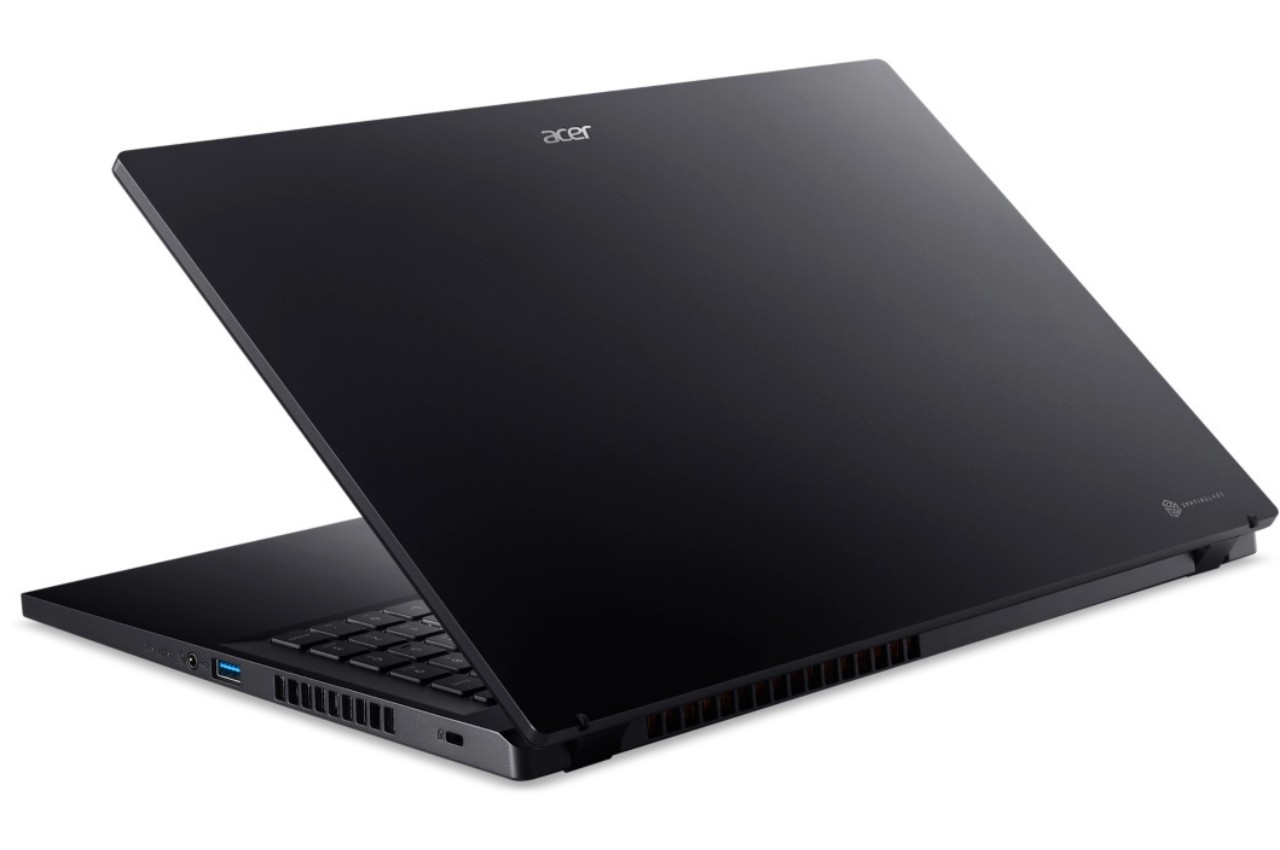
Whether it’s for leisure or for work, Acer’s latest line of SpatialLabs stereoscopic 3D products will bring those 3D objects to life without burdening your eyes and your head with unnecessary peripherals. The Acer Predator SpatialLabs View Pro 27 will be available in North America in the second quarter of 2024 with a starting price of $1,999, while the Acer Aspire 3D 15 SpatialLabs Edition will land in North America next month and will start at $1,399.99.
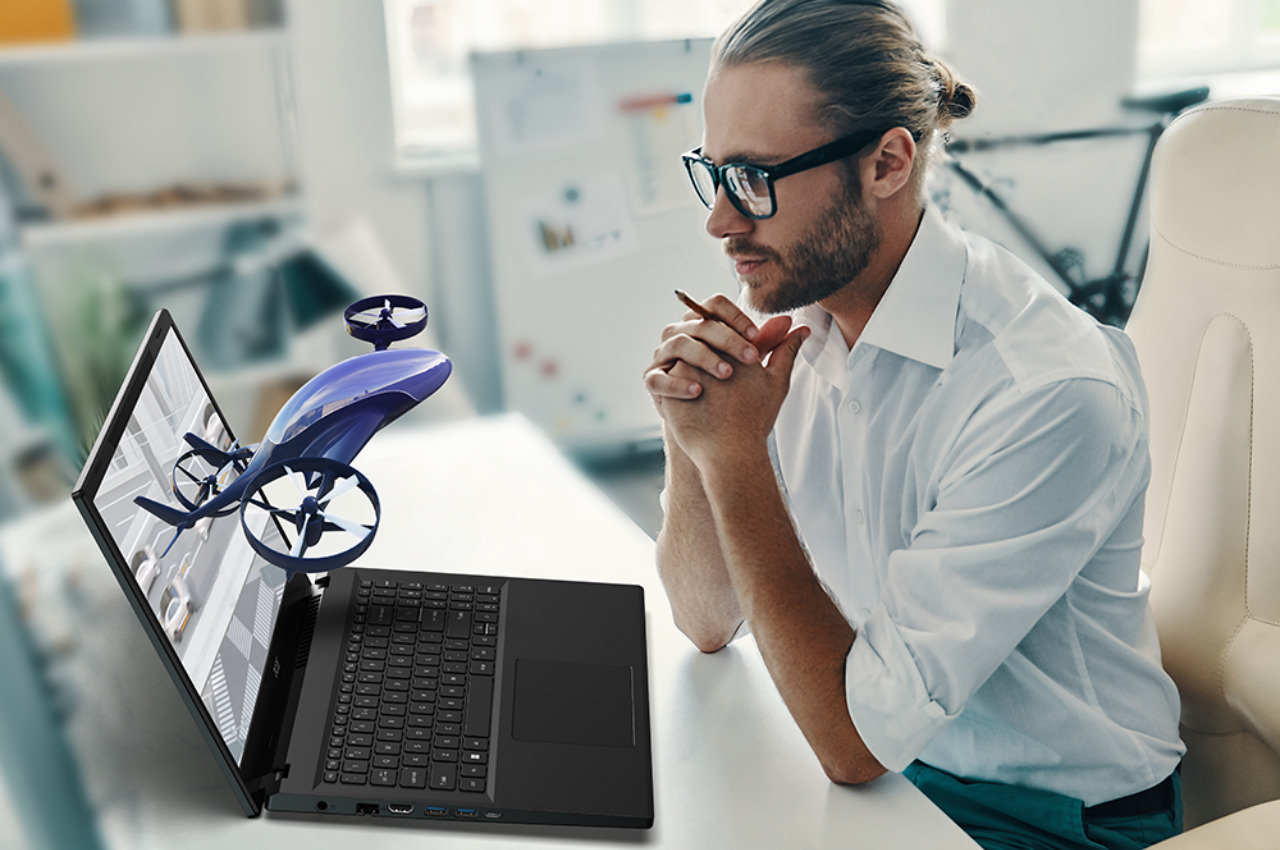
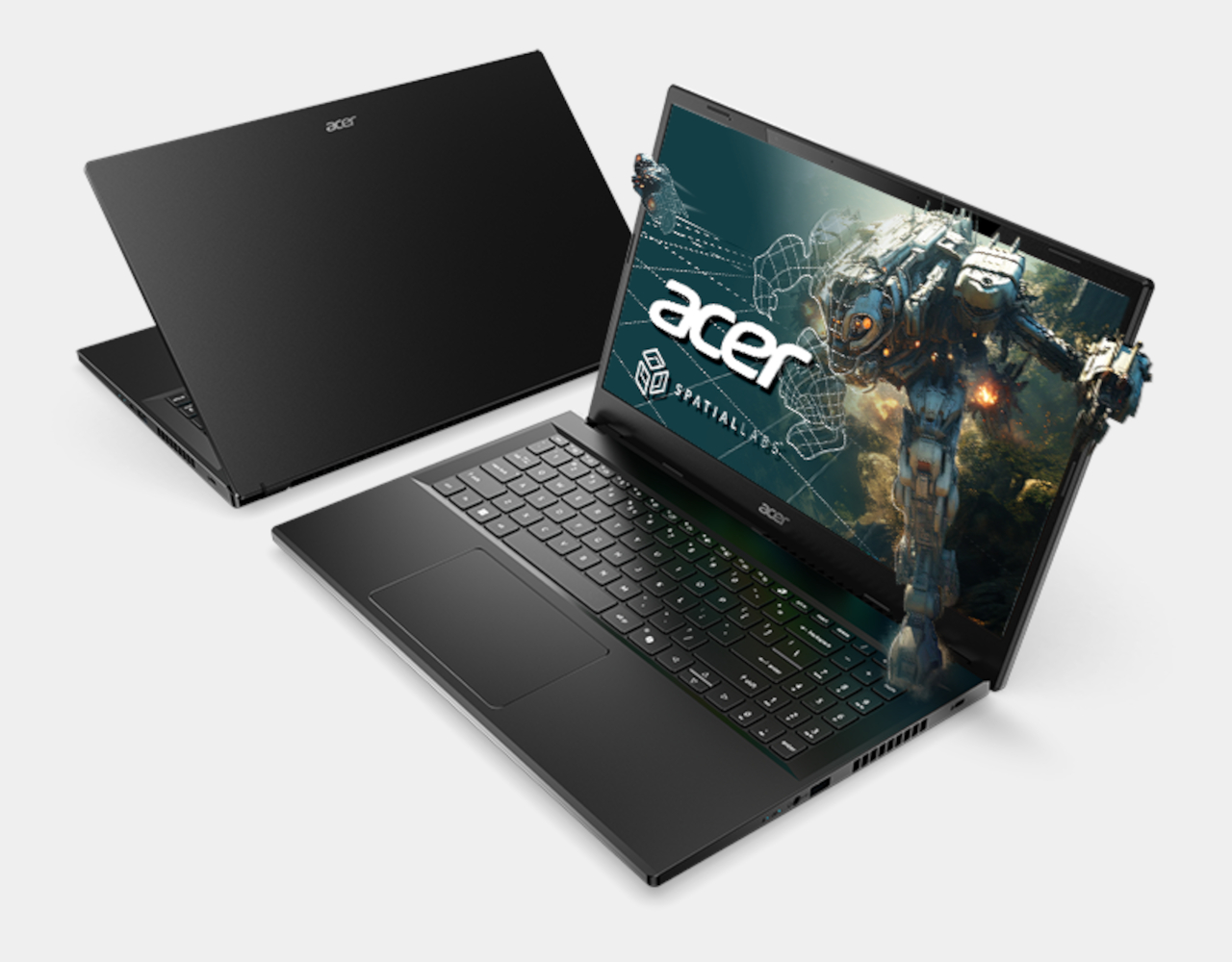
The post Acer Predator SpatialLabs View Pro at CES 2024 makes 3D really pop out first appeared on Yanko Design.




